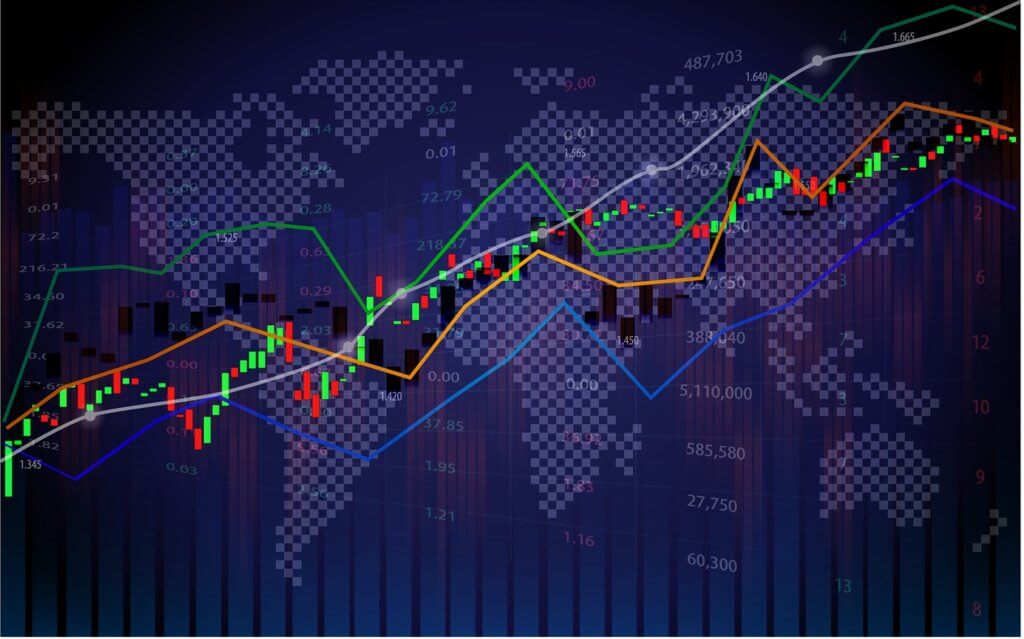It can sometimes be difficult to predict what might come next. For example, consider the weather model a local meteorological service may provide to communities – while it may be possible to determine a forecast for seven days to a high degree of accuracy, it can become much more difficult with longer-term projections.
Looking to the future can be just as tricky in the world of business analytics, but being aware of what’s ahead can be particularly useful to those completing an online business analytics masters, but may not be aware of some of the headwinds impacting an industry. From the consumer to the business, let’s explore five key trends shaping business analytics today, and ponder how they might impact the world of tomorrow.
Trend #1: The Emergence of Generative AI
The emergence of generative AI platforms such as OpenAI’s ChatGPT and Google’s Gemini look set to challenge standard operating procedures for many organizations. With these platforms being able to generate masses of content in a fraction of the time of traditional human creators, generative AI looks set to replace the role of entry-level business operations.
However, with the emergence of these platforms comes risk. Generative AI may be incredibly powerful, but controversies throughout 2023, including the recent lawsuit from the New York Times alleging copyright infringement, highlight both the powerful capabilities of the platform and the risks of adding enterprise data to it.
As AI and machine learning (ML) platforms continue to evolve, it will be imperative for governance stakeholders to understand the risks and opportunities that are present within the platforms. Failing to put resources into understanding these platforms represents an operational risk for many organizations.
Trend #2: Enterprise Analytics Sustainability
As data continues to grow in volume, the ability of enterprise analytics teams to centrally manage and scale analytics capabilities is being brought into question. It’s clear that there is a data science talent gap that exists within the workforce, with many organizations citing a lack of candidates with suitable qualifications.
To address sustainability, organizations will need to find new ways to develop the talent pool within their organization. Data literacy is one thing – enabling teams to succeed through the use of internal development tracks and professional development is another that can help create a pipeline of suitable talent within the workplace.
Companies will also need to consider the role that data and analytics bring to their business – processes such as simplification, modernization, and optimization will be key to identifying what reporting is essential from an enterprise analytics perspective, and what can be decommissioned.
Companies that fail to consider the needs of their data teams may find themselves dealing with the pressures of trying to find suitable employees in a contested job market – especially given the high demand for analysts at present.
Trend #3: Democratizing Data
There are a range of stakeholders that use data. From the executive suite to the data team, it is clear that data is having a greater impact on business operations each day. However, in its current form, many organizations are suffering from data silos – where organizations lack the flexibility to access data across entire business operations because, simply put, access is locked behind multiple platforms with different gatekeepers present.
For organizations to truly get the most out of their data, it will be important for data teams to consider the role of data democratization – enabling consumers of data to also become creators, allowing for greater levels of insights to be generated without placing an overwhelming level of responsibility on data and analytics teams.
Trend #4: Leveraging More Data
Data is being generated from an increasing range of sources. It’s expected that by 2025, more than 180 zettabytes of data will be created, copied, and consumed – ten times the level of data produced just nine years earlier.
For organizations, data can be costly to manage and store. As companies look to further leverage the data that they have, whether it be through connecting with other corporate data sources or optimizing the data they have, cloud providers such as Snowflake present an intriguing opportunity for organizations to sell access to portions of their data in a way that could drive new and meaningful insights across the business world.
Consider, for example, an organization that is looking to understand its sales data in the context of local weather patterns. A well-known characteristic of retail shopping is that customers tend to stay away during periods of severe weather. Leveraging datasets from weather providers available in a data marketplace allows for further mapping into sales data – without the need for an organization to collect and store swathes of data that may rarely be used within the business.
Trend #5: Responsible Automation
Automation may seem like a desirable outcome – particularly in situations where data can be complicated to deal with, and there are not enough staff available to handle a particular process.
While automation can be potentially beneficial in many business cases, a trend that is becoming emergent is the desire of corporate stakeholders to simply automate everything, regardless of the consequences.
An example of bad automation in practice can be seen in the way that Australian Government services agency Service Australia’s automated data-matching program, Robodebt. The program, developed to create a data-matching scheme that could assist in cracking down on the misuse of welfare benefits, was poorly designed.
The implementation and subsequent withdrawal of the program had more than a financial impact on the Australian Government, for some families, it involved the death of loved ones as they suffered under the stresses of automation in a way that was ultimately deemed illegal.
It’s imperative that companies develop automation in a way that is responsible and safe. Significant reputational, financial, and existential risks exist for organizations that fail to address them appropriately.
- –
Data is transforming the world we live in. For businesses to succeed, understanding the opportunities and risks that avail themselves to their organizations can be critical to driving positive outcomes. By understanding the opportunities for data enablement through democratization and data leveraging, while being mindful of the risks of generative AI and poor automation, analytics and reporting teams must be aware and appropriately position themselves for the opportunities that lie ahead.





















